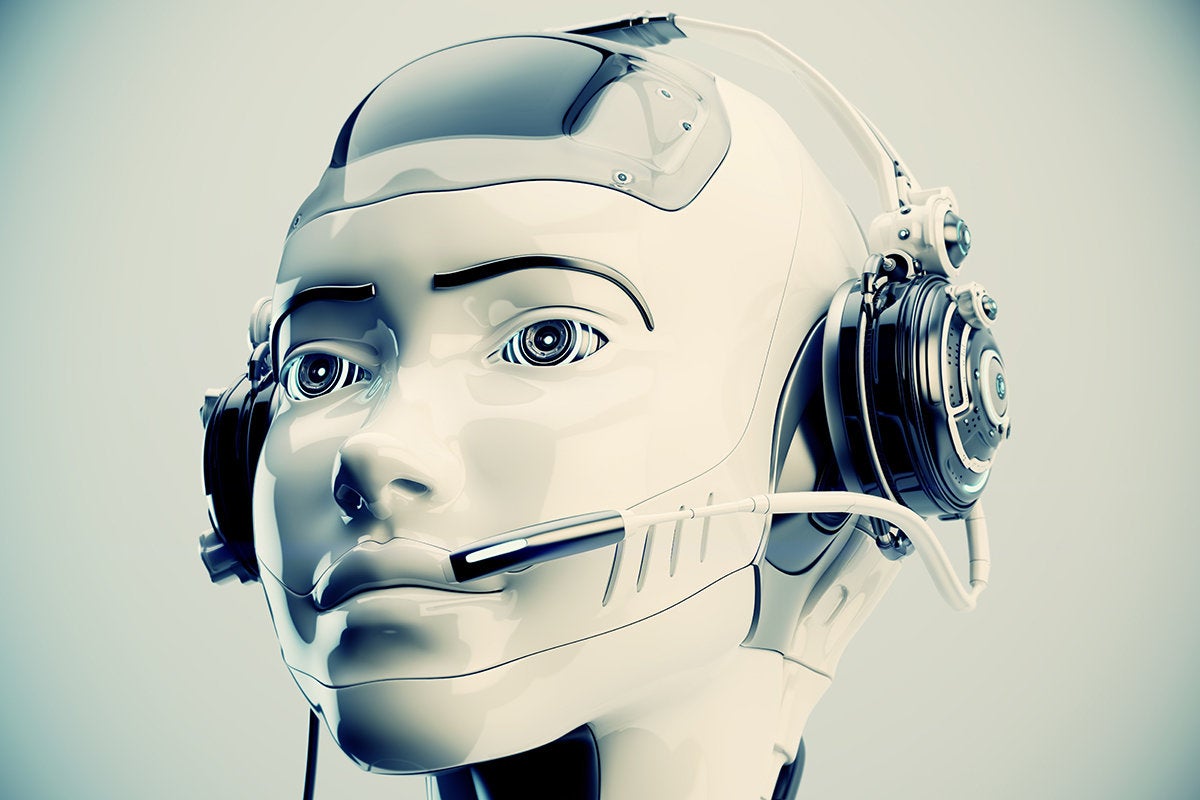
The statistical user sends 4 inquiries to the bot during one chat session.70% of them say they had a positive experience. 60% of millennials say they have used chatbots.Data shows that more and more companies, including market leaders such as LinkedIn or Starbucks, are incorporating intelligent assistants to handle customer interactions. Millennials like to handle support issues independently, and chatbots are the perfect solution. Younger generations are especially keen on chatbot technology.

23% of consumers still prefer face-to-face interaction when the issue's complexity increases, such as with payment disputes or complaints.64% of consumers claim that 24/7 service is the most helpful chatbot functionality.48% of users prefer to interact with a chatbot that solves issues over a chatbot with a personality.40% of web users don't care if they are served by a bot or a human agent as long as they get the customer support services they need.69% of consumers prefer to use chatbots because they provide instant responses.65% of consumers feel comfortable handling an issue without a human agent.74% of internet users prefer using chatbots when looking for answers to simple questions.62% of consumers would prefer to use a customer service bot rather than wait for human agents to answer their requests.However, customers expect brands to let them connect with a real person when the complexity of a problem goes beyond the chatbot's scope. They don't mind if they're served by a chatbot as long as the bot responds to their questions in real time and helps them quickly resolve their problem. Consumers eagerly turn to them to handle minor issues or when they are in a hurry. Research shows that customers have already developed their preferences for chatbots. 🤖 Numbers don’t convince you? Test ChatBot to see how it can help your business.

I gathered a few chatbot statistics to show you how chatbot usage has evolved over the past few years. Companies started willingly implementing chatbots to cope with customer support interactions, improve customer experience, and lower support costs. The chatbot trends show that online shoppers have gotten used to chatbots over the past few years and are more likely to interact with them. To stay afloat, many brick-and-mortar shops turned into ecommerce stores and began facing new customer service challenges. Brands started to develop their chatbot technology, and customers eagerly tested them to see what they were capable of.Īlthough the interest in chatbots started to subside in 2019, the chatbot industry has flourished since the pandemic. It was not until 2016 that Facebook allowed developers to place chatbots on Messenger.

Yet the technology had to wait a bit to flourish at scale. The first chatbot ( Eliza) dates back to 1966, making it older than the Internet. Copy link to clipboard Link copied to clipboard


 0 kommentar(er)
0 kommentar(er)
